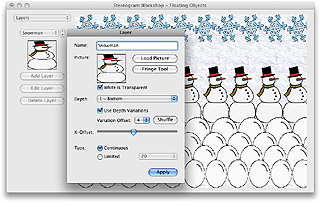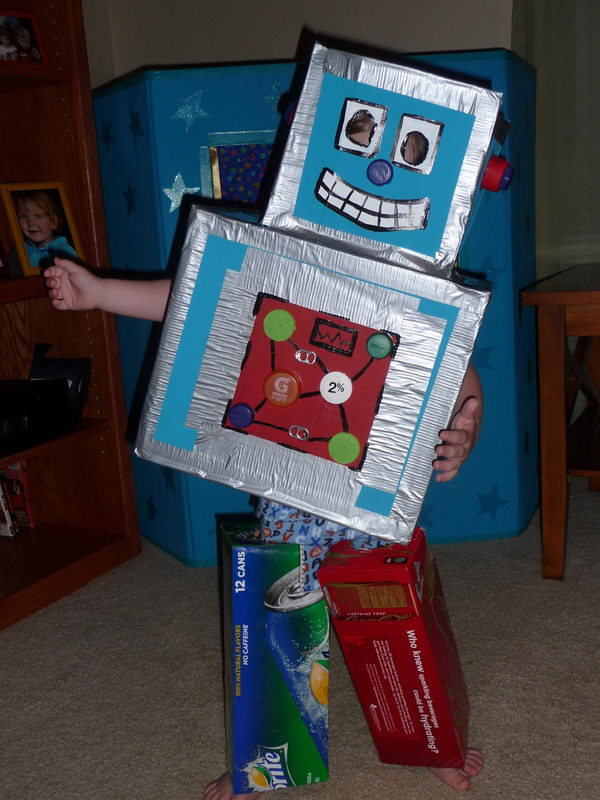


I began to keep my eyes open for the familiar mish-mosh of colored dots and splotches that characterized the stereograms.
#Stereogram make your own how to
I learned how to precisely focus my eyes in order to view the hidden 3D image, and soon was able to spot and easily view stereograms in shop windows or friends' homes. Technically called Single Image Stereograms, these pictures, when looked at in a certain way, produce a three-dimensional image. When I was in fifth grade, a trendy new form of artwork swept my school like wildfire-Magic Eye pictures. Seeing 3D: Stereographic Carpeting? Rachel Hochberg Search Serendip for Other Papers | Serendip Home Page Web links wereĪctive as of the time the paper was posted but are not updated. Like other materials on Serendip, it is not intended to be "authoritative" but rather to help others further develop their own explorations. This is what often gives stereograms their ethereal window and meditative appeal.This paper reflects the research and thoughts of a student at the time the paper was written for a course at Bryn Mawr College. After all, it is really a two-dimensional representation. Cross-eyed viewing is more likely to cause eyestrain.Īn interesting esthetic with stereograms is no matter how profound the effect of depth appears, all is in focus at one time. Cross-eyed viewing is frequently used for stereo-pairs. All stereograms on this site are made for parallel viewing. To the best of my knowledge, all hidden-image stereograms require parallel viewing.

Eventually, your eyes will tell you which works with what. There is much confusion between Parallel and cross-eyed viewing. This is the most commonly used way for viewing stereograms.ĬROSS-EYED VISION: Each eye views the image separately, but right eye views left side, and left eye views right. PARALLEL VISION: Each eye locks on the image separately but parallel, as opposed to converging as with normal vision. There are several kinds of stereograms, but only two ways to view them for the 3D effect. The brain does not care, and the subtle differences within a 2D image's pattern create the 3D effect off the 2D surface. The stereo offset is innate to the 2D image, not an actual 3D environment. Unlike normal convergent vision, with stereograms we either diverge or cross our eyes to feed the brain subtle differences in 2D images. Stereopsis takes place within the brain, and that is key to the stereogram 3D effect. With this, each eye focuses on an object, seeing the same object on the same plane, but the small distance between each eye feeds the brain enough different information to interpret a sense of 3D depth. Traditionally done with opto-mechanical devices: when such an effect is accomplished with the eyes alone it is called an autostereogram, or more often simply a stereogram.įrom birth, we learn to view the world using our normal stereo-vision. Since it is my wish to promote autostereograms as an art, rather than a science, I'll only try and give a quick overview of what we're dealing with.Ī stereogram is a flat two dimensional image viewed in such a fashion as to produce a three-dimensional effect.
#Stereogram make your own code
There are even programs and/or programming code available to make make your own SIS or SIRDS. There is a lot of information on the Internet concerning all aspects of autostereogram history, science, and creation.


 0 kommentar(er)
0 kommentar(er)
